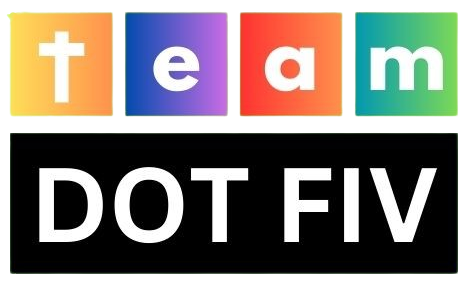People who aren’t in the advertising industry would be shocked by some of the ridiculous pricing strategies used by agencies. In summary, the majority of traditional agency-client agreements boil down to something like, “here you go, take a whole bunch of our employee hours to execute a truckload of your work.”
Let’s say a pitch goes well and the clients choose to accept the offer. More than simply a signed contract is returned if you decide to follow the standard operating procedures of cost negotiation sessions.
Agencies are supposed to communicate the fundamentals first. Numbers of employees, kind and quality of employees assigned to the account, anticipated overhead costs, etc. Procurement teams, however, usually require greater specificity.
By “more granularity,” they also imply the agency’s suggested profit margins for further negotiations, as well as actual compensation information for each individual employee. The goal of negotiations is then to get an agreement on reasonable “man-hour rates.”
By the end of it all, agencies find themselves in a hazardous position, with their profit margins dependent on their employees’ ability to perform 1.5x, 1.7x, and 2x as much work as they are truly capable of.
In these situations, it is easy to single out one side and place all the responsibility on them, but the truth is far more nuanced. Without addressing the glaring disparity in how agency work is seen on all sides of the political spectrum, no price discussion can be considered comprehensive.
Most agencies don’t always provide their clients with the value they want, and the majority of our work doesn’t even come close to changing their business in any manner. Therefore, the procurement teams of the clients are merely abiding by the laws of free markets and the distribution of power in their attempts to secure more favorable pricing.
Agencies wind up negotiating deals that aren’t even close to being commercially feasible because of our unimaginative business plan, or lack thereof. The industry has been forced to submit due to antiquated pricing methods that the majority of us continue to accept.
The staff is mostly responsible for the consequences of these negative phrases. It also implies that the agency itself has incentives that are out of sync. It goes without saying that you need to pitch more in order to make up for all the bad deals.
As a result, a dynamic occurs in which agencies give priority to potential clients over existing ones. Is the bulk of our talented staff being allocated to pitches rather than servicing current clients? Is this a factor in ordinary creativity that falls short of expectations?
This pattern gradually undermines our faith in the worth of our own labor. interfering with our own capacity to bargain with current clients for better renewal terms. This consequently results in minimal raises and pay that is below par.
Agencies are also not encouraged to implement automation into their process and demonstrate greater efficiency when the pricing is set based on headcount and time-based charging. We’ve placed ourselves in a situation where cutting costs is part of the business plan.
Therefore, this never-ending cycle of over-negotiated expenses, tight margins, excessive workloads, prioritizing effort over creativity, stagnation in innovation, and a predisposition for cutting corners seems unavoidable when an entire industry’s business model is based on getting paid on billable hours.
As much as we like long-term brand retainers, Talented has embraced the project model for a reason. Their requirement for a job-by-job concentration on margins has kept us commercially alert. By taking on outside partners, we are able to allocate internal teams sustainably and demonstrate agility.
Focusing less on unimportant everyday work and more on more acute brand problems allows us to really feel our creativity and provide greater value. Upon completion of these projects, we typically feel that the pricing model accurately captured our work and the result.
With regard to our retainer pricing, we have now been making every effort to apply the same reasoning. However, the current state of the market suggests that the days of agencies being able to establish their reputation by repeatedly signing long-term, high-value retainer contracts are quickly disappearing.
At Talented, we discuss our work in this manner for a reason as well. Mostly because we’re honored with it. However, another reason is that we want to continue highlighting the importance of our creation.
Our company has several areas where there is room for improvement in terms of cost effectiveness. and bargaining. However, creativity is not the same. We erroneously believe that it may be made more efficient because it is a linear process. It is unable to.
Thus, at Talented, we like to declare in public, “Hey, look what that fun 30-second video really took to make!” We believe there is a huge return on investment in doing creativity well in a field that has spent decades training people to commoditize it. We don’t want to make money off of “time spent.” We wish to continue researching the most effective ways to monetize and extract value from the impact that our abilities produce.
PG, my co-founder, says it the best. “The quickest way to raise our prices is to produce better creative work.” This has nothing to do with raising prices at random. Only when clients recognize the transformative worth of our creative and strategic skills do our fees increase. If they can demonstrate with clarity that these expenditures are essential to the success of their enterprise.





 No products in the cart.
No products in the cart.